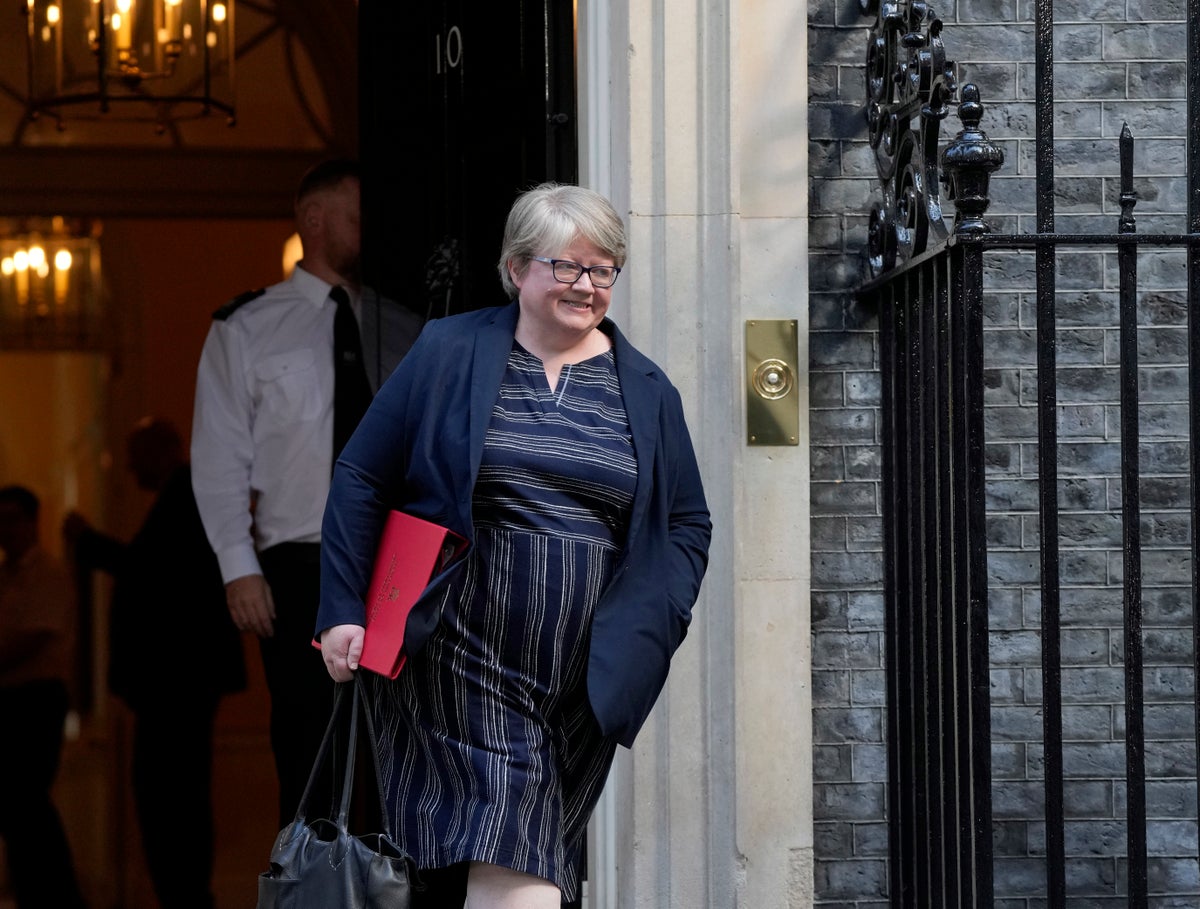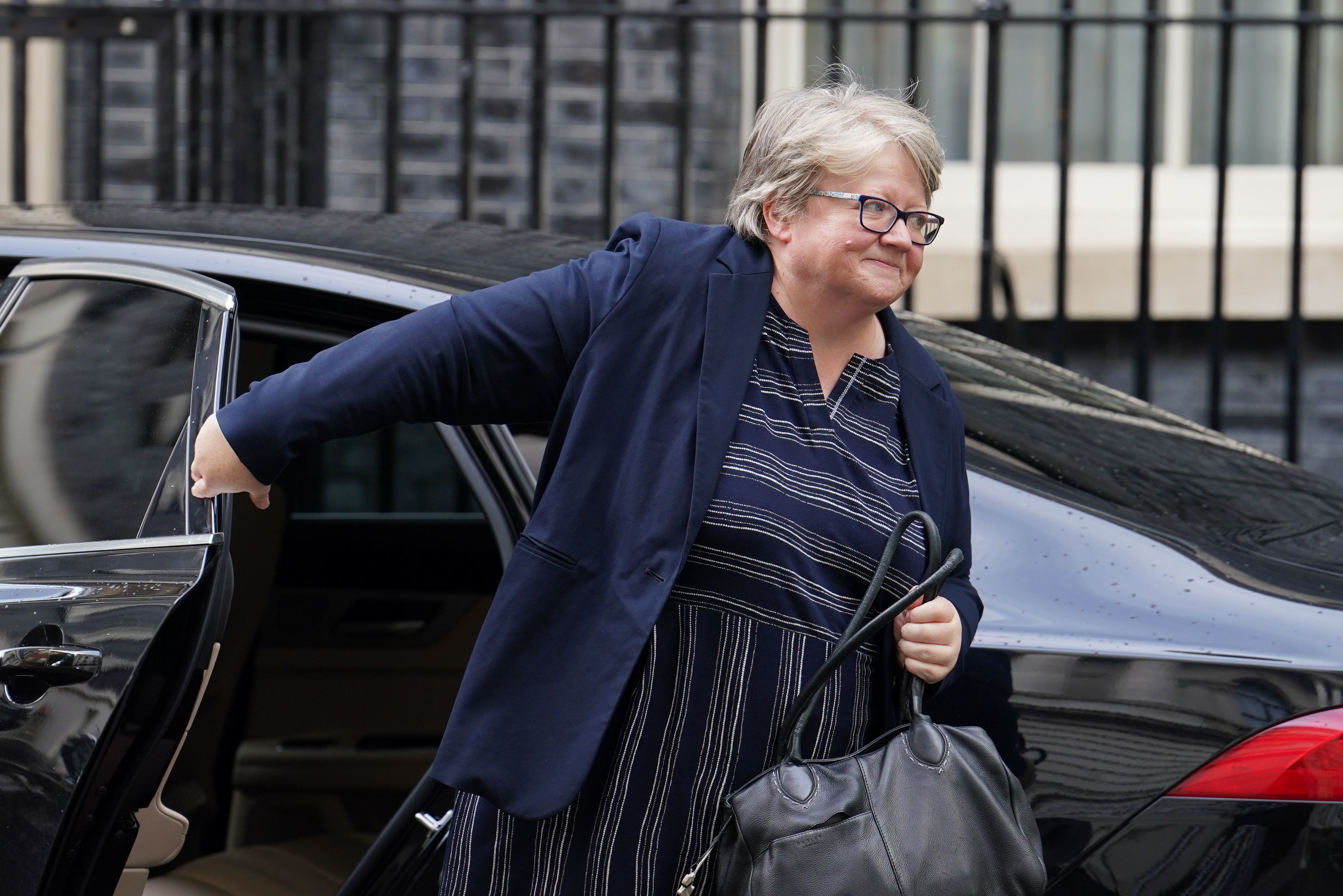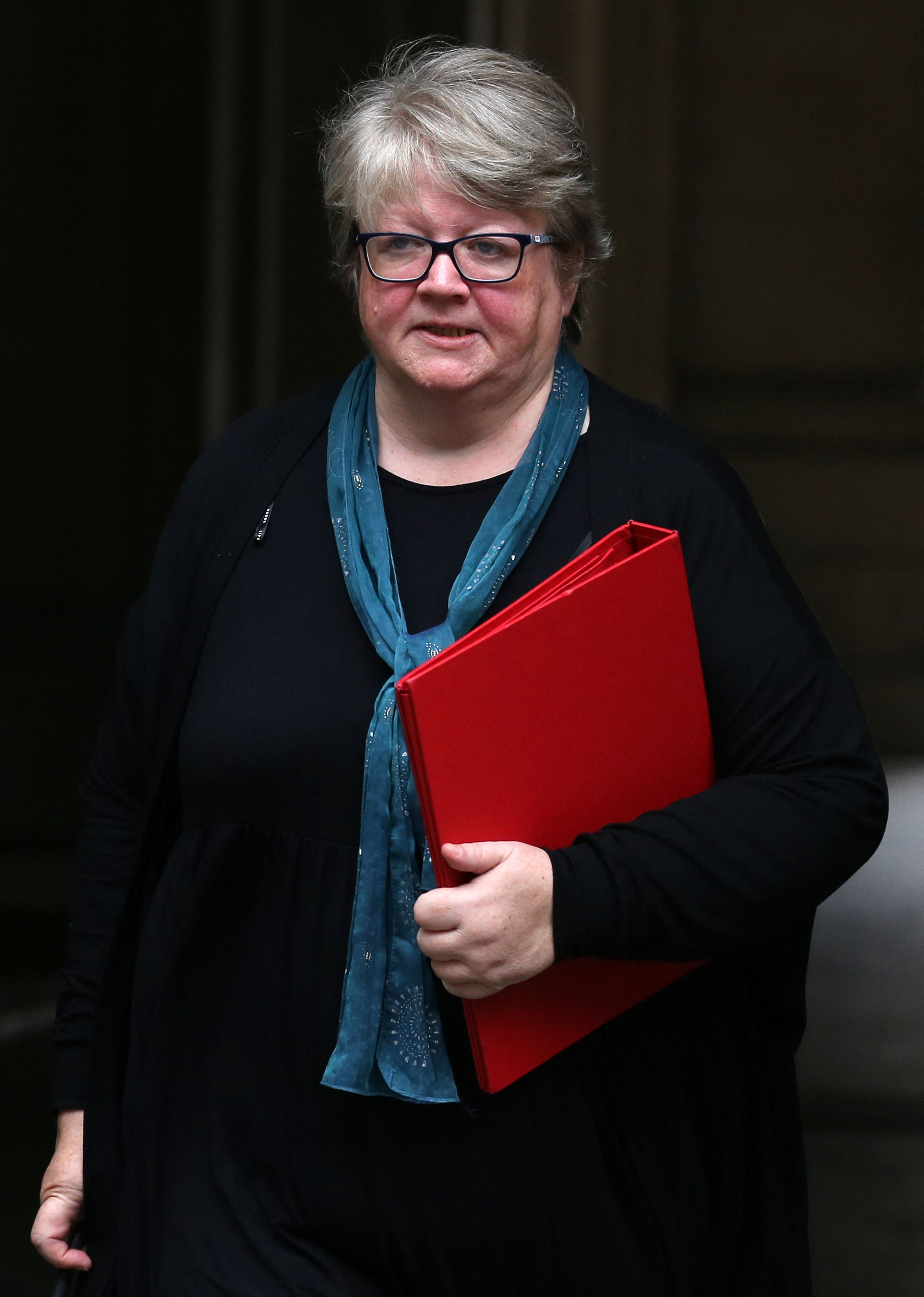
Therese Coffey is considering abolishing four-hour A&E waiting time targets as part of her “emergency plan” to tackle the NHS.
The new health secretary is understood to be looking at a range of measures to address the growing crisis in the NHS, understood to be announced next Thursday.
But a source close to the discussions told The Independent getting rid of the four-hour waits – first suggested in March 2019 – would have to be given the green light by the new prime minister Liz Truss.

The announcement will focus on the health secretary’s “ABCD” priorities – standing for “ambulances, backlog, care, dentists and doctors” – with improvements to mental health services as an addition.
Ministers are also said to be considering changes to NHS pension rules, in the hope that it will prevent nurses and doctors from retiring early. However, any changes will need Treasury approval.
Policies also being looked at include more call handers for ambulances, more diagnostic community centres, speeding up the hospital building programme, reducing “bureaucratic” burdens on GPs, improving direct access to counselling services for patients and “robust” management of the national dentists’ contract.
Many of the plans have already been floated by the department as part of announcements this summer.
There is concern among those involved that the move would see the four-hour wait replaced by a new target, which could be as difficult as the current target to achieve.

Currently, NHS trusts must see and admit 95 per cent of patients within four hours of them arriving at A&E.
NHS England’s clinical standards review published last year said hospitals should instead be judged on the percentage of patients triaged within 15 minutes of arrival and the “average” time a person spends within an A&E department.
The review also said A&Es should also be measured on the percentage of ambulance handovers carried out within 15 minutes. Regions would be measured on how many patients wait 12 hours in A&E departments.
Fourteen NHS trusts have been trialling the new standards and, in a report to the Health Service Journal, one of the trusts said a six-hour waiting time should replace the four-hour target.
The four-hour target has not been successfully met in England since 2015 and figures published over the summer showed the worst performance against this standard to date.

However, NHS experts warned earlier this year that data from the trusts trialling the new targets should be made public before any changes are made.
The latest figures, published on Thursday, showed that, on average, patients were being triaged in A&E within 10 minutes in 2021/22.
During the same period, the average time spent in A&E was less than four hours, however, nearly one million patients waited more than 12 hours in A&E from when they first arrived. More than double the number waited that long the year before.
Some trusts reported 72-hour waits but they were not included in the data set as it was thought it was “unlikely” that patients waited that long.
A spokesperson for the Department for Health and Social Care said all policy announcements were being considered and had not been finalised.







